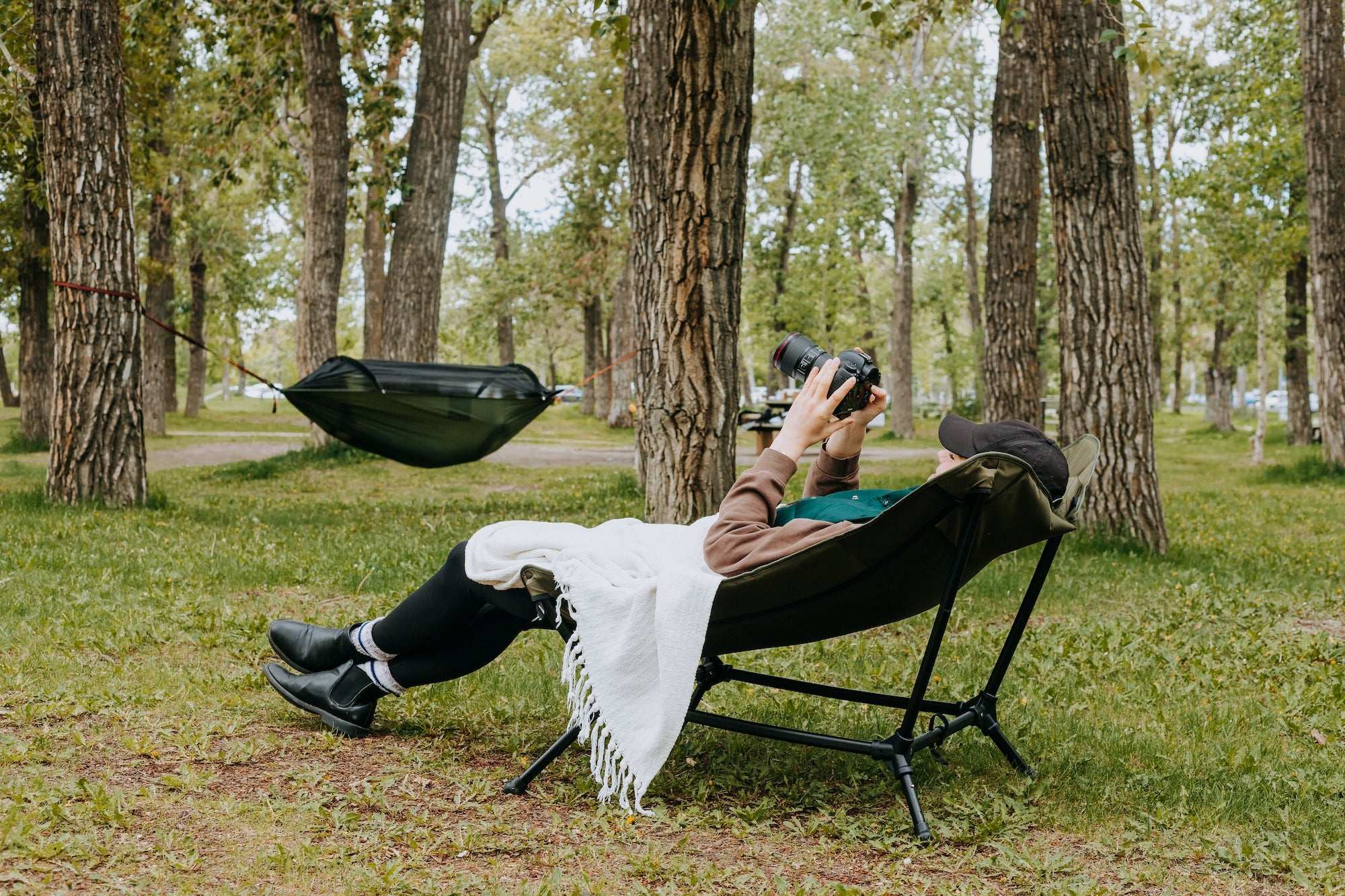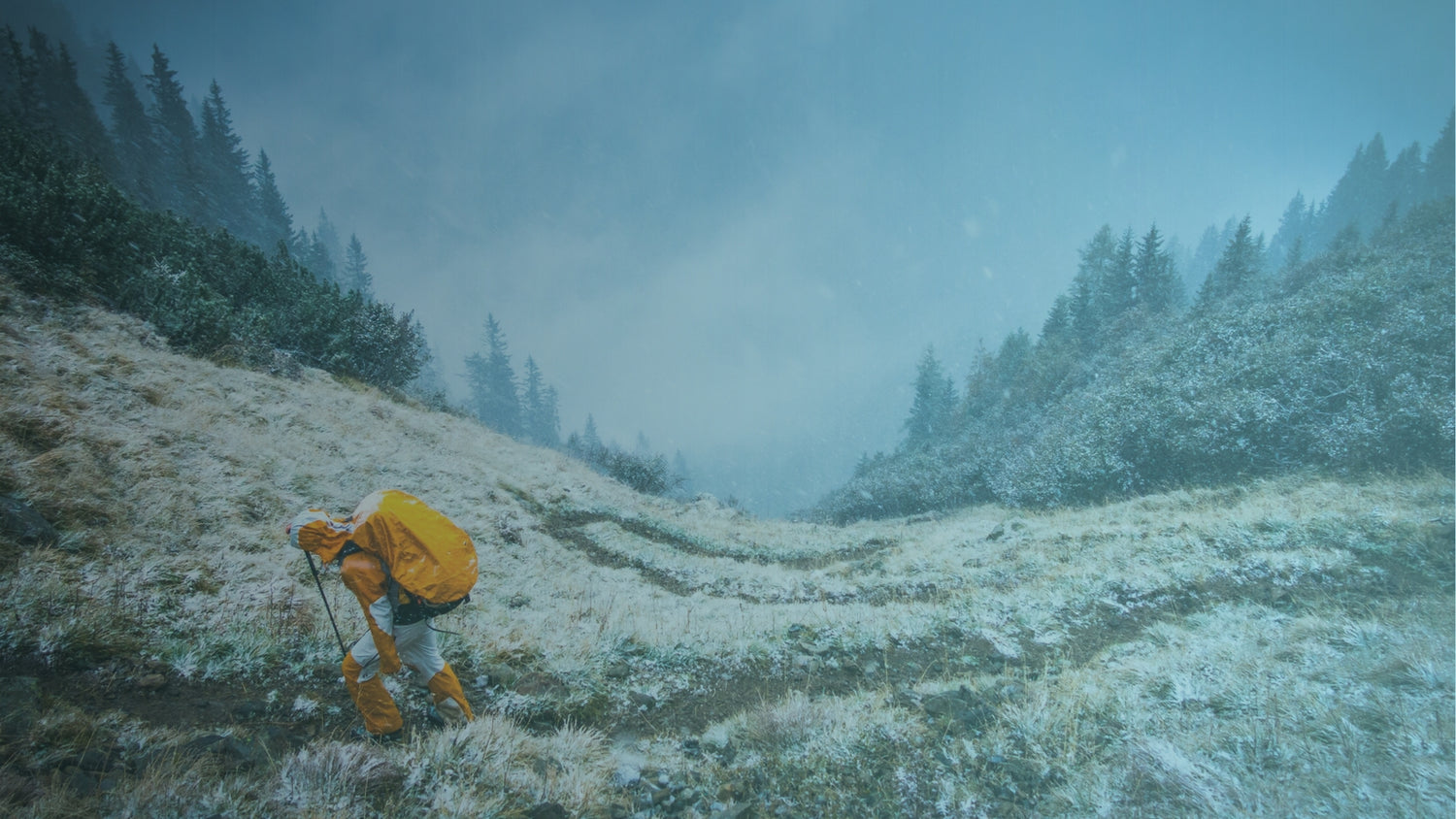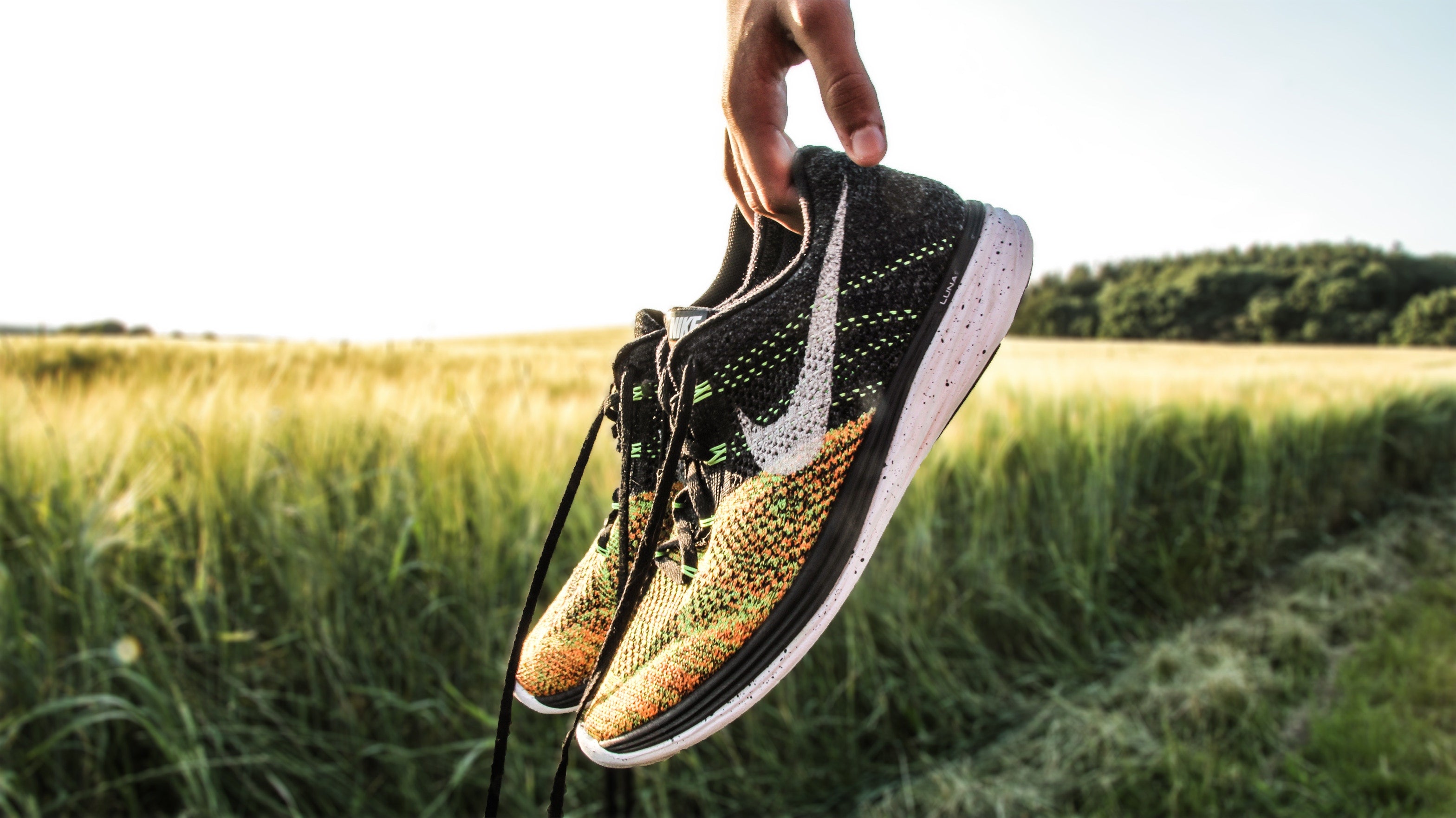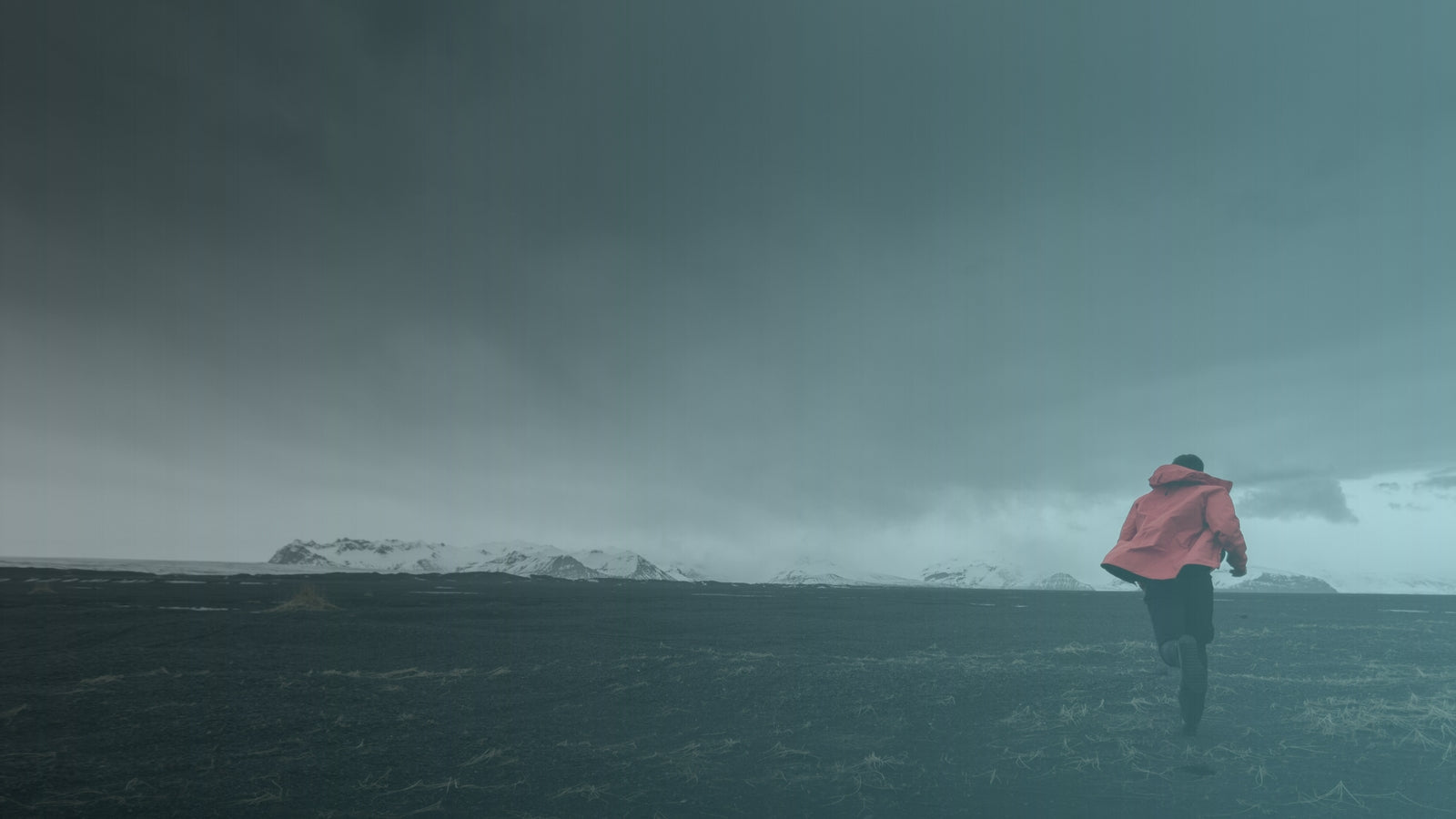Many people assume that a winter hike is the same as a summer hike, only in colder temperatures. But those colder temperatures - as well as the potential for snow, sleet, ice and freezing rain - dramatically change the way you should prepare for a hike during the coldest months of winter. Here are 5 tips for taking your winter hike from good to great.
Tip #1: Always dress in layers
Dressing in layers is not optional in winter. The reason is simple: temperatures can differ greatly, especially at the summit and at the base. Moreover, moisture and cold temperatures can quickly bring an end to your hike or trek if you are not prepared. When dressing in layers, be sure to wear (or pack) waterproof pants, a light fleece, and a soft shell jacket. And while you’re at it - don’t forget to stash an extra fleece in your backpack.
Tip #2: Make safety a priority
Safety should not be an afterthought, or something that you only practice when it is too late. Instead, take time to study your trail map in advance, be sure to pack an emergency first-aid kit, and bring along some extra tools - like a pocketknife or compass - that could come in handy later.
Tip #3: Pack a set of ice cleats or crampons
You never know where you are going to encounter a slick patch of ice on the trail, or where you might need to pass through a snowy road. To ensure that your footing is as secure as possible, think about packing a pair of stainless steel ice cleats, such as those sold by Yatta Life. These ice grips are specifically designed to dig into frozen surfaces, giving you safe passage. Best of all, they slip on and off easily, and can be stored safely in your backpack when you don’t need them.
Tip #4: Invest in quality gear
As you might have guessed from Tip #3 above, it pays to invest in the right gear for the types of unpredictable weather conditions you might encounter on a trail. Thus, while it’s good to have a soft shell jacket with you, it’s great if that soft shell jacket also happens to be waterproof. When you’re out on a winter hike - and especially in a location that is not familiar to you - it’s important to be able to trust your gear.
Tip #5: Be ready to change plans on a moment’s notice
Often, getting to the top is not the problem - it’s getting back down that’s the real difficulty. That’s why it pays to think ahead and anticipate changing trail and mountain conditions. If you are checking the weather and see that snow is on the way sooner than expected, now might be a good time to turn back. It all depends on whether you’ve packed the right gear and how experienced you are. For example, temperatures plummeting to below freezing might scare off inexperienced hikers, but might not dampen the enthusiasm of experienced hikers with ice traction systems for their boots.
**
Finally, the best advice is probably the most practical advice - adjust your trail and distance according to the season. A 5-kilometer route in the middle of summer when you have little gear with you is very different than a 5-kilometer route in the middle of winter, when you might only have very limited visibility. With these five tips, however, you’ll be prepared for anything that Mother Nature throws your way.





Leave a comment
All comments are moderated before being published.
This site is protected by hCaptcha and the hCaptcha Privacy Policy and Terms of Service apply.